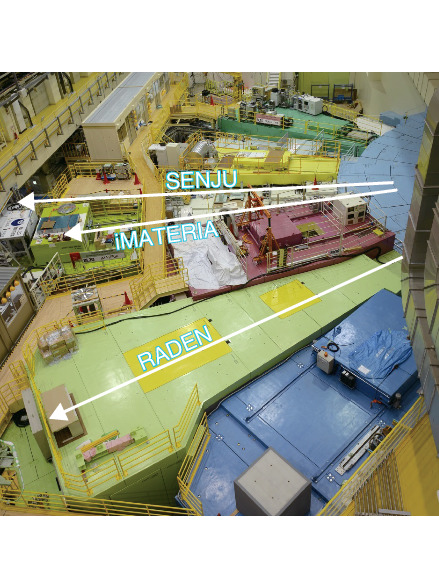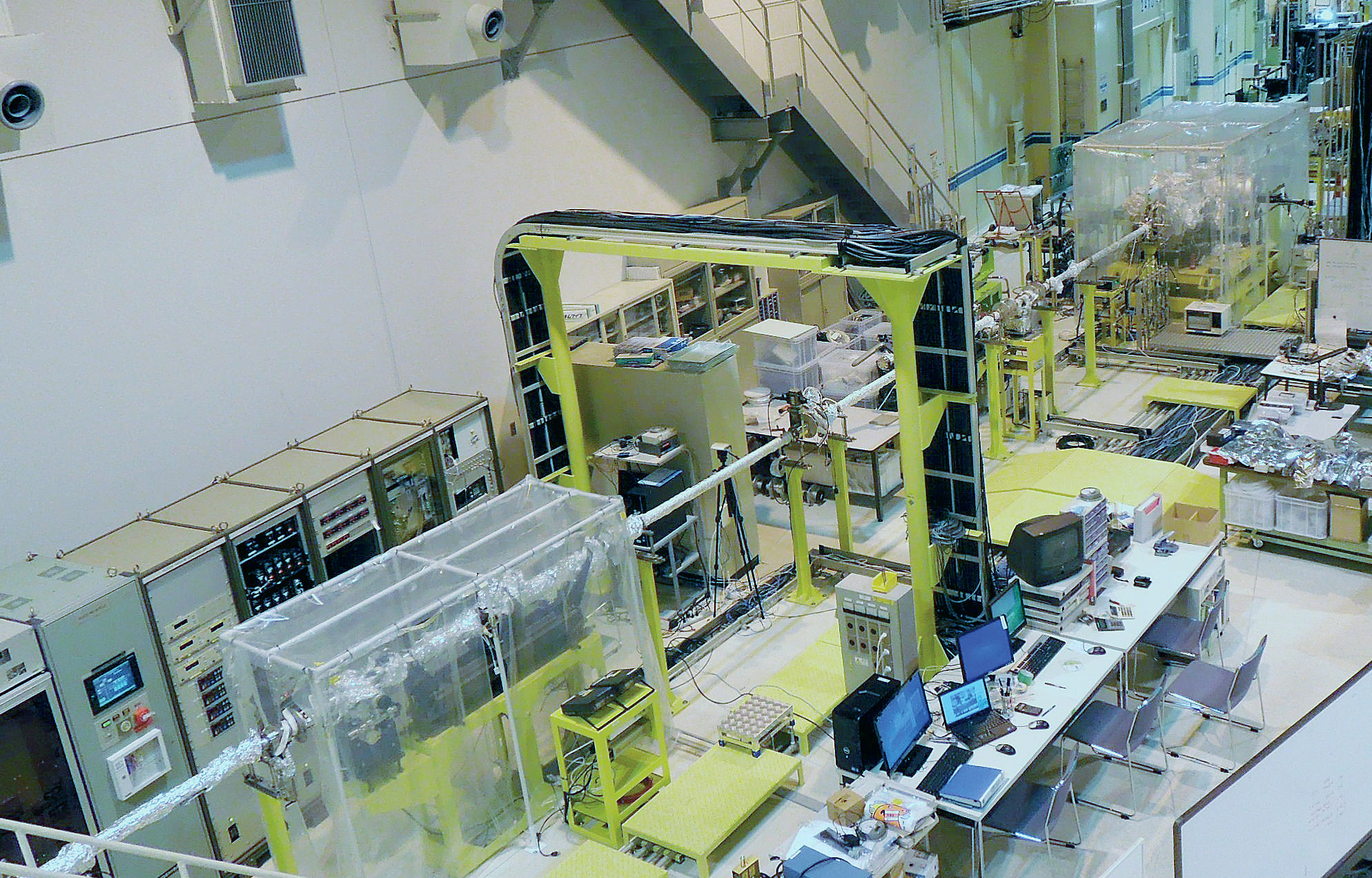
Fig.5-1 Neutron instruments in experimental hall No.2 of MLF

Fig.5-2 SPring-8 BL23SU used in Topic 5-7
In accordance with the Science and Technology Basic Plan formulated by the Government of Japan, we aim to contribute to the advance of science and technology and the promotion of industry in Japan through the production of innovative results using neutron and synchrotron radiation. We are making use of the high-intensity proton accelerator at the Japan Proton Accelerator Research Complex (J-PARC) and the JAEA synchrotron-radiation beamlines at Super Photon ring-8 GeV (SPring-8), upgrading neutron facilities and devices, and pursuing world-leading research in fields such as nuclear energy and materials sciences utilizing neutron and synchrotron radiation.
(1) Research and development at J-PARC
J-PARC comprises a series of three proton accelerators, namely a linear accelerator (LINAC), a 3-GeV rapid-cycling synchrotron (RCS), and a 50-GeV synchrotron, as well as three experimental facilities. The facilities include the Materials and Life Science Experimental Facility (MLF) for a wide range of research fields using neutron and/or muon beams, the Hadron Experimental Facility for nuclear and particle-physics experiments using K-mesons and other particles, and the Neutrino Experimental Facility for the T2K-particle physics experiments using neutrinos. All these experimental facilities are open to users from across the globe.
In FY2016 at the MLF, the user program for seven scheduled run cycles (154 days) was successfully accomplished at 150-200 kW with an availability over 90%. Both the experimental programs and international programs for training future researchers (such as the Neutron & Muon School) were conducted at 19 neutron instruments and 2 muon beamlines. At the RADEN neutron instrument (Fig.5-1), the two-dimensional distribution of microstructure in a steel sample was quantitatively visualized by analyzing the data obtained with a time-of-flight neutron Bragg-edge transmission-imaging technique. The experimental result was in good agreement with those obtained by neutron and electron-backscatter diffraction, yielding better quality than that obtained via conventional neutron radiography. In this chapter, the following two outcomes from MLF are introduced: (1) successful magnetic-structure analysis of a material containing rare-earth elements with strong neutron absorption in combination with a single-crystal neutron-diffraction measurement conducted at the neutron instrument SENJU (Fig.5-1) (Topic 5-1) and (2) determining the applicability of polarized-neutron scattering under grazing-incidence geometry for studying magnetic properties of layered systems (Topic 5-2).
At the accelerators, successive tests and component improvements were conducted to realize stable operation with a 1-MW beam. At the LINAC, the ion source achieved stable operation with an extraction-beam current of 40 mA for approximately 1350 h. At the 3-GeV RCS, the cause of beam instability preventing a high-output intensity was investigated through numerical analyses and accelerator studies, demonstrating that beam stabilization in the latter half of the acceleration period was important (Topic 5-3).
(2) Applied neutron and synchrotron-radiation research and development
The Materials Sciences Research Center aims to create innovative results and seed research in a wide range of scientific, technological, and academic fields by developing and improving applied neutron and synchrotron-radiation tools for advanced structural and functional analysis.
In FY2016, we have developed the world’s fastest neutron-diffraction texture-measurement method at iMATERIA at the J-PARC MLF (Fig.5-1) for neutron sciences (Topic 5-4). This result is expected to contribute to research and development leading to lighter-weight automobiles. The nanoscopic structure of hydrogel nanoparticles expected to be used as carriers to deliver drugs into the body was revealed by a small-angle neutron-scattering method (Topic 5-5). In synchrotron-radiation sciences, we have studied the stainless steel SUS304 with excellent mechanical properties using SPring-8 high-intensity synchrotron radiation to discover a new nanosized crystalline phase (Topic 5-6). The results of this research are expected to lead to elucidation of the mechanism of embrittlement of stainless steel by hydrogen in the future. We applied soft X-ray angle-resolved photoelectron spectroscopy (Fig.5-2) to uranium compounds coexisting with magnetism and superconductivity and clarified the electronic state of matter (Topic 5-7). This is expected to be useful for future material development.